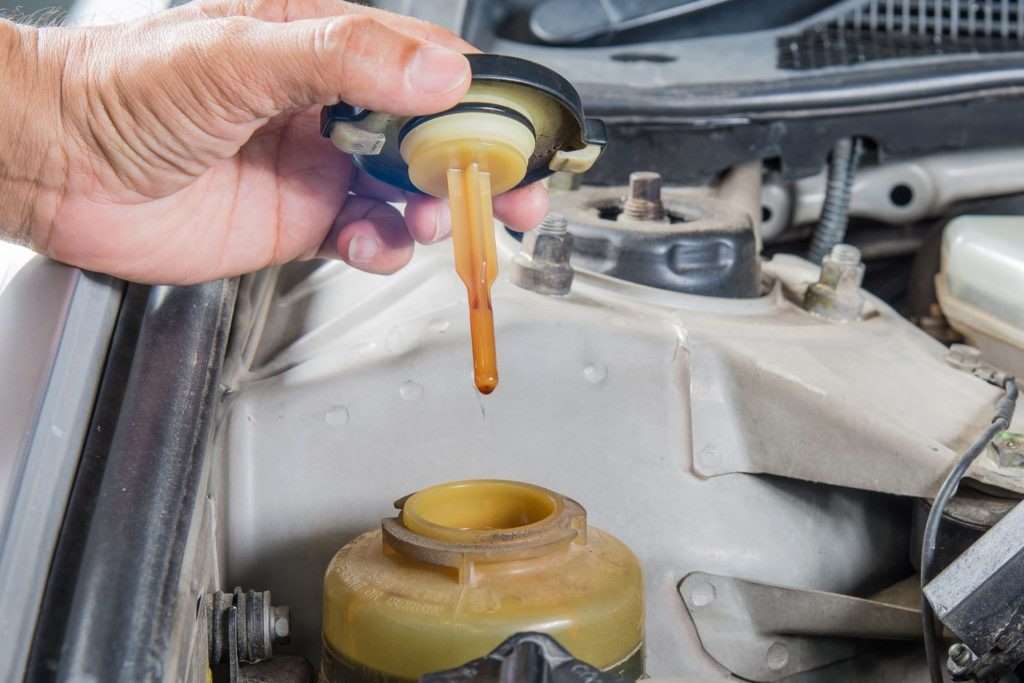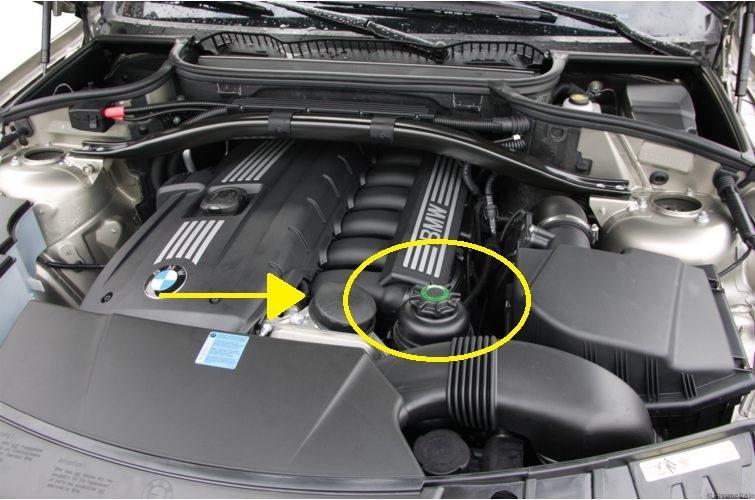Power Steering Pump Noise: Causes and Troubleshooting
Power steering pump noise indicating a failure or damaged part is highly distinctive.
The power steering pump is an important part of the power steering system, which reduces the labor of making a full rotation of the steering wheel to a simple flick of a finger.
Any problem with this pump affects the vehicle’s performance, and the best way to detect the problems is to listen to the sound it makes.
How Does The Power Steering Noise Sound?
Also known as a vane pump, this component supplies oil to the power steering system through some pipes. With the help of a pulley and a belt, the crankshaft’s movement is the power that drives this pump.
The warning sound coming from the pump is unique, nothing like the sounds coming from other parts of the engine. Some people call it a power steering pump whine because it sounds exactly like whining.
However, sometimes it also comes as hissing or squealing noises, with a generous amount of humming coming from pushing fluid through the lines and the valve at high pressure. The sound becomes shrill when the pump is about to fail.
An automobile makes a lot of creaks and hums, but the noise coming from the pump differs from everything else.
The transmission can also make some whining occasionally but you can easily tell that apart since the transmission is a bigger component and is located on the opposite side of the engine

To be sure about the source of the noise, keep the car at idle and open the hood to listen where the sounds are coming from.
The Reasons for Power Steering Pump Noise
If the pump is bad, the car will make whining sounds both while driving on the road and at idling. It could just be a manufacturing issue or tight tolerances.
There is nothing to worry about if you hear the noise without spotting any fluid leaking, loose pulley, or an underperforming power steering. In that case, a mechanic can easily stop that whining sound.
However, other reasons that can cause this sound are:
Air Trapped into the System
Sometimes, air bubbles could get into the pump, causing vibrations and whining noises. Diagnosing air bubbles in the system is extremely difficult. So, the only solution is flushing the pump with fresh fluid.
Wobbly Pulley or Leaked Pulley Seal
A loose pulley or leaks around the sealing of the pulley not only create the whining sound but also make it difficult turning the wheel.
A similar symptom can also be the aftereffect of bad bearings. These are the signs of a failing power steering pump, and you should replace it without wasting time.
Low Fluid Level
The most common reason for the power steering pump noise. Changing the power steering fluid is not included in the maintenance schedule in the owner’s manual.
For this reason, many drivers just forget that they need to change this fluid at some point.
Like any other fluids in a motor vehicle, power steering fluid can also break down and gather sludge build-up over time, although at a slow rate. Also, the level gets low if there is a leak in the system.

Low fluid in the power steering system is extremely dangerous since this oil is the only lubrication source for its components. These metal parts can start heating up and wear out due to the increased friction between them.
Some parts can weld themselves together because of the constant grinding and rubbing. If that happens, you may have to change the entire system, which is insanely expensive.
When the whining noise turns into groaning, you could be quite sure that the pump is on the verge of failing. The groaning sound often occurs during making a turn and while driving at low speeds.
You should either check the system by yourself or take the car to a repair shop when it starts making sounds like these.
SEE MORE:
- Shall You Use Genuine Honda Power Steering Fluid For Honda Cars?
- Driving Without Power Steering: To Do Or Not To Do?
Power Steering Pump Whine Fix
The solution is easier if this is just a fluid thing. But a worn out or damaged component will make you cough up some dough. Here are the ways to fix power steering pump noise:
Refill the Fluid
Open the hood when the engine is completely cold. The cap of the tank will have ‘power steering’ written on it.
Open it and use a dipstick to check the fluid level. You have to change it if the level is low or it appears to be foamy or discolored.
Use a brand new power steering fluid and a conditioner (which facilitates a quiet operation and prevents slipping and leaks). Flush the old fluid to the last drop and refill the system with the new fluid and additive.

Check the owner’s manual to find the correct level of fluid in the tank. After you are done with the refilling, start the car and drive a little distance. The whining sound is supposed to be gone. In case if there is no change, move onto the next step because your car may have a bigger problem.
Sealing or Internal Component Failure
After refilling the fluid, you have to check the level for the next few days, ensuring that the system is not losing any fluid. If the level gets low, there must be a leak in the system that is causing the fluid loss.
In that case, you have to check all the seals in the system. If there is any crack, damage, or hole, install new seals or add a leak-sealing additive into the fluid.
However, when all the seals are fine but the sound becomes louder over time even after refilling with fluid, there must be some internal component failure. Take the car to a mechanic immediately to have the system diagnosed.
These are the ways to fix the power steering pump noise. The main thing is to be alert and get professional help at the preliminary stage. Never wait for the problem to get worse.














